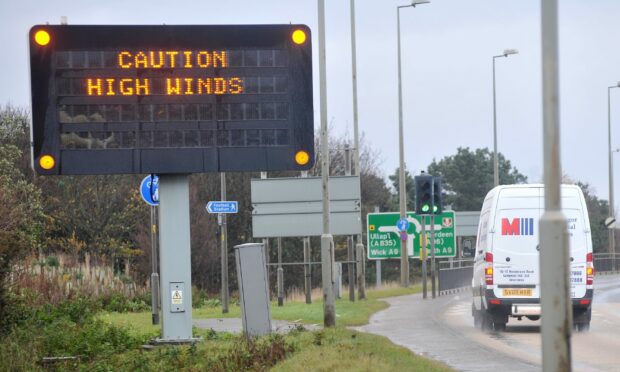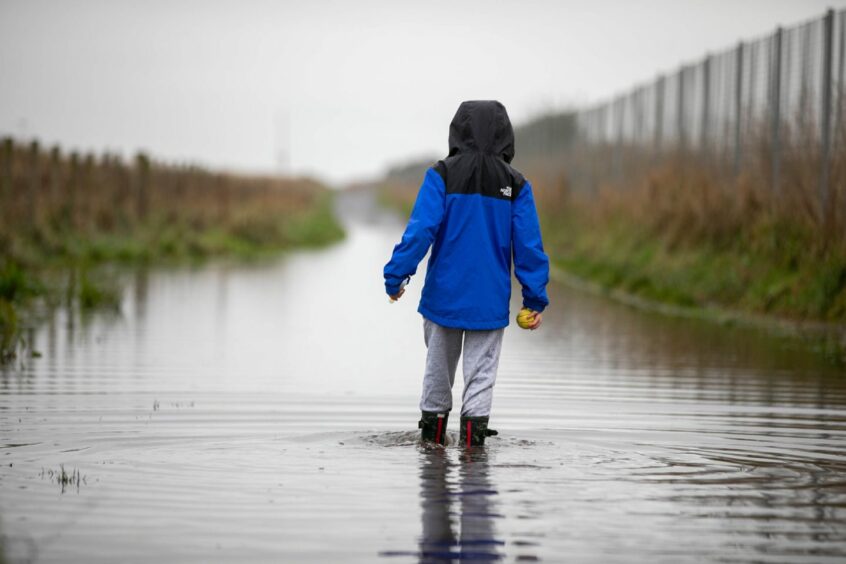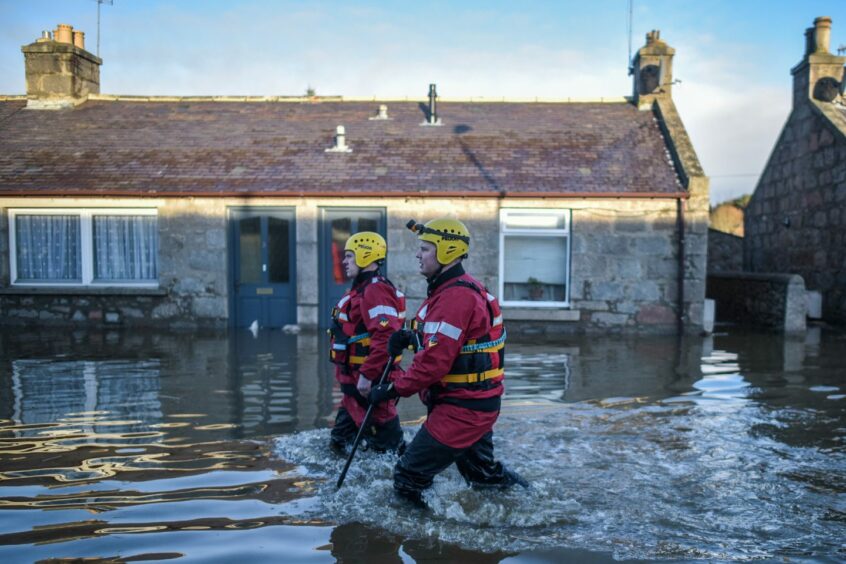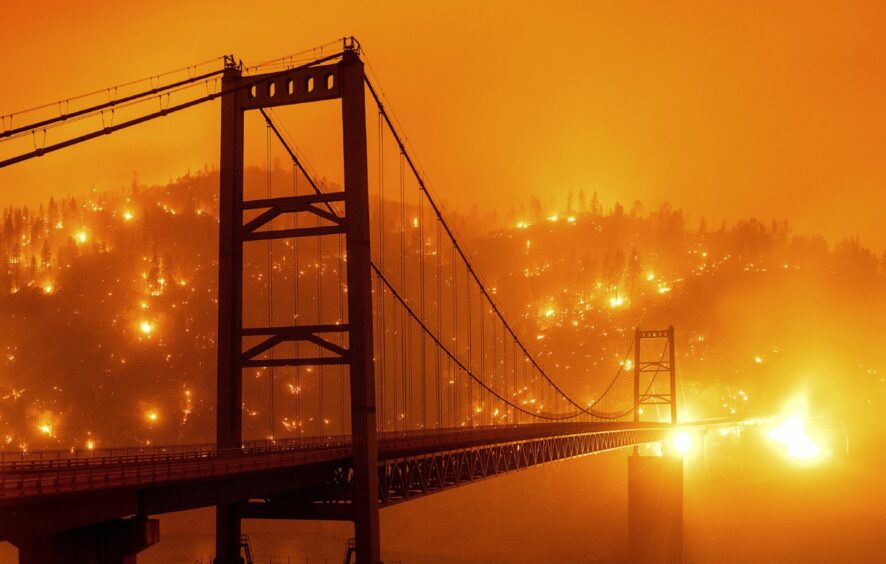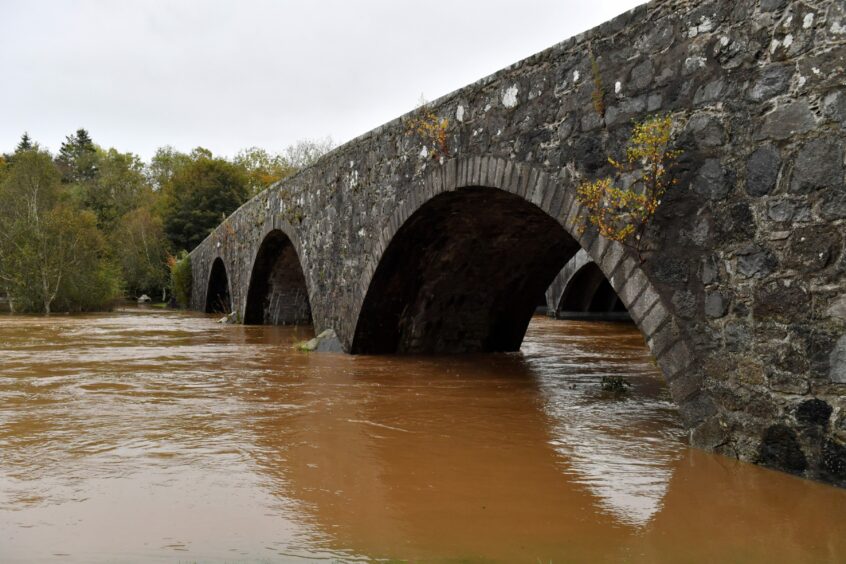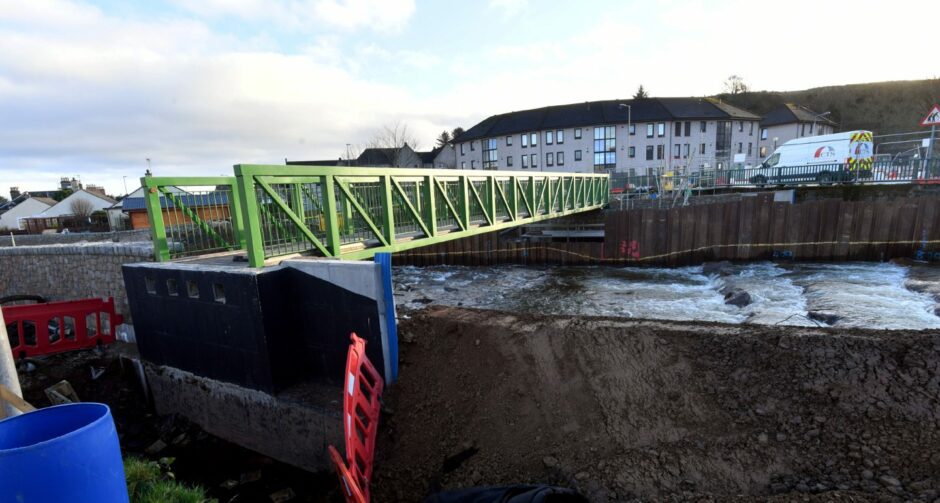A year on from the Institution of Civil Engineers’ landmark state of the nation report, Peter Ranscombe examines what progress has been made to protect the north’s infrastructure from climate change.
With scientists warning the outcomes from the United Nations’ COP26 summit in Glasgow won’t be enough to limit global warming to 1.5C, civil engineers in the north are bracing themselves for the effects climate change will have on the region’s infrastructure.
A year ago, the Institution of Civil Engineers (Ice) published a “state of the nation” report, which examined what steps needed to be taken to make sure our nation’s roads, railways, bridges, and other infrastructure could withstand the onslaught from floods, storms and the sea.
Grave warning
Ice’s assessment made for sobering reading: “Our climate is warming, sea-levels are rising, rainfall is becoming more intense, and storms bringing extreme weather are occurring more frequently than before.
“These changes are already straining Scotland’s existing infrastructure, which wasn’t built to withstand the weather conditions being seen in Scotland so frequently today.”
The report called for the creation of an infrastructure adaptation task force in early 2021 to carry out an audit of Scotland’s assets, coming up with a national “to-do list” to make sure buildings, bridges and other structures were resilient.
Twelve months later, what progress has been made?
“We’ve seen much more interest in and engagement with the resilience of our existing infrastructure assets across both the general public and the political spectrum,” explained Hannah Smith, director of Ice Scotland.
Holyrood praised but urged to do more
Ms Smith praised the Scottish Government for holding a national climate resilience summit last month (October), highlighting the need to bring together experts from different fields to tackle the problem.
“Where we still feel there’s a need for progress is getting into some of the granular detail about where the real weak spots and challenges are across Scotland’s infrastructure and mapping that to opportunities,” she said.
“To do that, we suggested the Scottish Government work with us and other organisations to conduct an audit of our infrastructure’s resiliency.
“We’d still very much like that to take place and we see great value in a group coming together to tackle some of those difficult issues.”
Ice’s report underlined not only the disruption caused by infrastructure failing, but also the social and economic impact.
“This is ‘spend a penny, save a pound’ territory,” Ms Smith said.
She added: “If you think about your own house or car – if you don’t maintain it, then the cost of fixing the problem is much higher than proper maintenance as you go along.
“We know this problem isn’t going away. If we don’t act now, we’re going to lock-in costs further down the line.
“Those are costs that will, ultimately, be paid by you and me as citizens.”
“This isn’t an academic exercise – this is very real.”
Hannah Smith, director, Ice Scotland.
She continued: “Tragically, last year we saw the derailment near Stonehaven cost three lives.
“Our sympathies were firmly with those affected, and it points to the real human impact if infrastructure failures occur.
“This isn’t an academic exercise – this is very real.”
Ms Smith pointed to the benefits of not simply patching up Scotland’s infrastructure so that it could withstand climate change but instead assessing what assets will be needed in the future and how they will be used.
Export opportunity
As well as the economic benefits of creating jobs at home, she also highlighted the opportunity to export the knowledge and skills developed by making infrastructure resilient, echoing the opportunity that exists if Scotland becomes a leader in marine renewable energy production.
“This is not a problem that’s unique to Scotland and our infrastructure,” she added.
“Although there are some particularities to some of our infrastructure because it’s so old – things like the tenements and sewers and other Victorian infrastructure that we’re still using today – by and large, countries around the world are facing the same challenge of a changing climate and its impact on infrastructure.”
Many companies and public sector bodies are involved in maintaining Scotland’s infrastructure, from the businesses that own the electricity transmission and distribution grids through to organisations such as Network Rail, Scottish Water, and Transport Scotland.
Roads, bridges, and many other pieces of infrastructure outside the trunk network will fall under the responsibility of local councils.
Ahead of its Scottish budget submission, the Convention of Scottish Local Authorities (Cosla) – the body that represents the country’s 32 councils – warned the Scottish Parliament’s finance committee about cuts to local councils’ infrastructure budgets over the past two financial years.
New investment ‘critical’
The organisation’s submission to the committee’s look at Scotland’s finances stressed the need for ongoing revenue to operate and maintain infrastructure, on top of the capital investment required to ensure its resilience.
“Cosla’s view is that investment in councils is critical for the protection of public infrastructure from flooding and the other impacts of climate change,” a spokesman told The Press and Journal.
“General revenue and capital grants allow local government to respond in a locally-appropriate way, and to see a flow of community benefits from projects – including training, employment, apprenticeships and school engagement.
“But real-terms cuts across both revenue and capital grants, and increases in ringfencing mean investment in areas such as roads, bridges and protection works has become increasingly challenging.”
One of the most high-profile examples of work already under way is the flood protection scheme in Stonehaven, Aberdeenshire.
Design work for the defences began in 2008, with construction starting in 2019.
Philip McKay, head of roads and infrastructure at Aberdeenshire Council, said: “We split the project into six zones and five of those are now nearly complete.
“We’re going through the snagging process at the moment and should be substantially complete by the end of this calendar year.
“That leaves one zone – from the White Bridge down to the fish and chip shop – which is delayed and is now expected to reach completion towards the end of 2022.”
Mr McKay explained that redesign work on the final zone and bad weather during construction would push the cost of the project beyond its £16 million tender.
He added: “We learned some good lessons during the design phase and how to go through the legal process – it’s hard to please everyone when you’re putting robust engineering in place for a flood protection scheme,” he added.
“Every scheme is different, so it’s difficult to apply lessons about the mechanisms from one to another.”
He drew a comparison with the council’s previous work at Huntly, where water is now designed to flood agricultural land, rather than entering the town.
